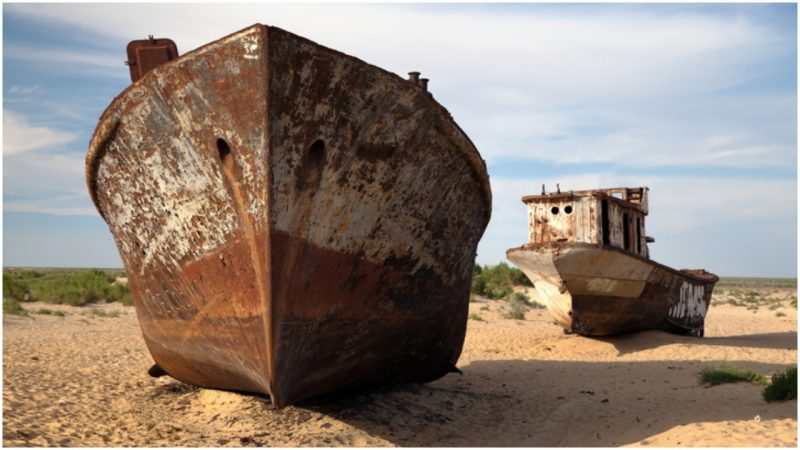For the extreme tourist, if visiting the abandoned and still radioactive Chernobyl site in Ukraine is just too 2018, there is another, perhaps more disturbing destination appearing on certain to-do lists: Aralsk-7 on the mysterious island of Vozrozhdeniya in the Aral Sea, between Uzbekistan and Kazakhstan.
This is the place where the Soviet Union tested its deadliest bio-weapons, from anthrax and typhus to new varieties of smallpox and the bubonic plague.
It was officially closed in 1991 and all personnel evacuated within weeks. They left so quickly that some equipment was abandoned. The city where families lived is a ghost town.
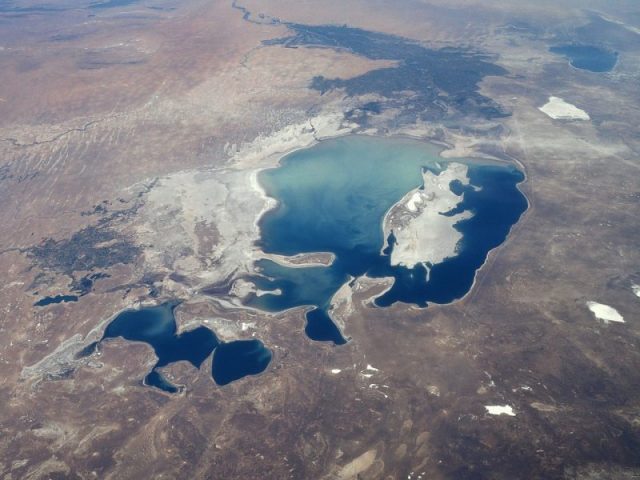
Visiting the island is possible today. “Uzbekistan started to open its formerly ‘secret’ places for tourists after the death of President Islam Karimov in 2016,” according to Ozy. “Vozrozhdeniya isn’t an official tourist destination yet, but it ‘could be,’ says Yusup Kamalov, a local scientist and president of the Union for the Defense of the Aral Sea and Amu Darya.”
In 2005, author and documentarian Nick Middleton accompanied scrap looters from Kazakhstan on their trip to the island and published his story in The Guardian.
It wasn’t easy to get to as it is “located 3,500 km from Moscow, in the middle of a remote inland sea surrounded by sparsely populated desert deep in the heart of central Asia.”
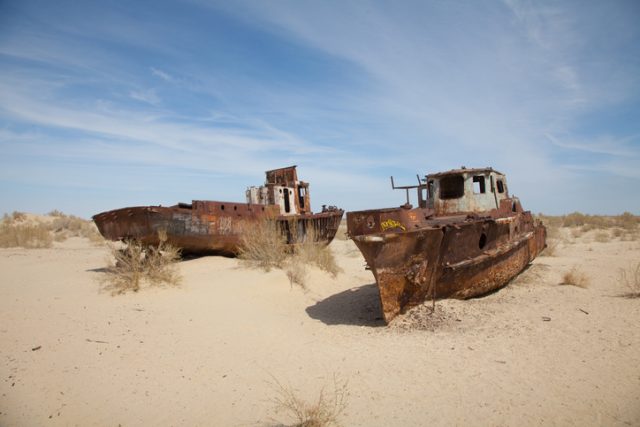
When the Soviets decided to test weapons there, Vozrozhdeniya had little vegetation due to its desert climate. The temperature in the summer reaches 140 degrees Fahrenheit.
“This had been a military town, built in 1954 to house a thousand people — research scientists and security personnel and their families,” wrote Middleton. “It was a secret base, known in authorized circles as Aralsk-7, not marked on any maps. This is because the Soviet Union was using the island for the open-air testing of biological weapons.”
Taking no chances, Middleton wore a protective jumpsuit, rubberized overboots, and a face mask during his time on Vozrozhdeniya.
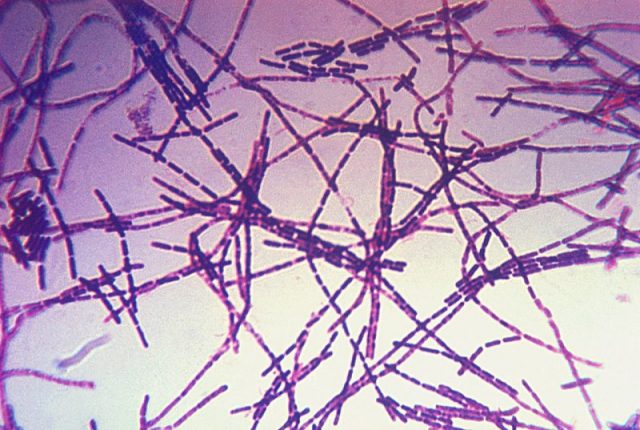
“The biological agents tested here included plague, anthrax and smallpox,” he wrote. “These were the ones I’d heard of. The others had outlandish names — Q-fever, tularemia, botulinum and Venezuelan equine encephalitis. Some had been genetically modified to make them resistant to existing medication.”
Before it was transformed into Aralsk-7, Vozrozhdeniya was, despite its climate, home to a fishing village fringed by turquoise lagoons.
https://youtu.be/tbNeYNLrWwA
The Soviets chose the island carefully. As long ago as the 1920s, the Red Army sought a remote location for dangerous weapons testing. They wanted to occupy a large island about five miles from any coast, far from Russia. They settled Soviet scientists on Vozrozhdeniya in 1948 to make weapons to be possibly used on “capitalist sharks.”
According to the BBC, Aralsk-7 was part of a Soviet bio-weapons program “on an industrial scale, one that employed over 50,000 people at 52 production facilities across the Soviet empire. Anthrax was produced in huge fermenting vats, tenderly nurtured as though they were growing beer.” The CIA became aware that something serious was happening on the island in the 1960s, but not the extent.
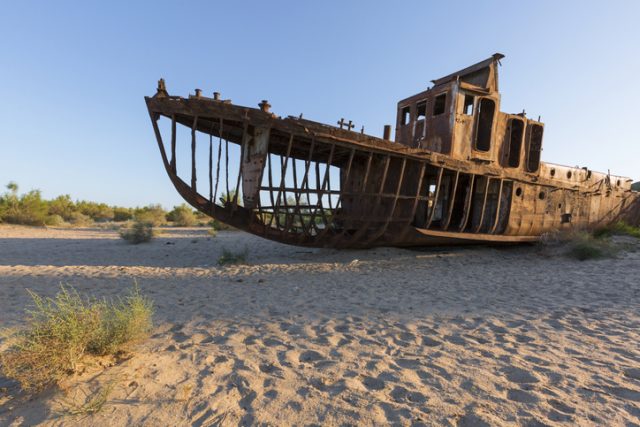
The writer from Ozy, who visited the island in 2019, saw evidence of decades of Soviet use. The city of Aralsk-7, planned for 1,500 inhabitants, had a school, restaurants, a military base, a laboratory, an airport, and a harbor. “‘There was a disco and a cinema,’ plus food supplied directly from Moscow, recalls Dmitriy Istomin, who was a soldier on the island from 1987 to 1989. ‘We took part in biological weapons testing at the island. We thought we were making a useful thing. Serve our homeland. This is what our political instructors were telling us.'”
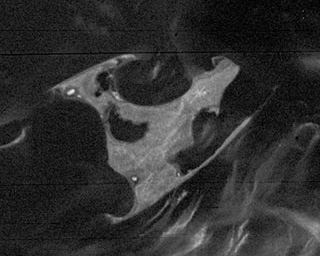
The island is no longer literally an island. The surrounding Aral Sea dried up as the Soviet Union dammed its feeder rivers for agricultural projects; it is now connected by a land bridge. But that doesn’t mean it’s easy to reach. “It’s a 200-mile drive through the desert with no water resources or mobile phone coverage,” pointed out Ozy.
There were definitely lethal accidents while it was still a bio-weapons testing zone. In 1971, a batch of weaponized smallpox was mistakenly released on the island and infected 10 people. Three of them died. In May 1988, reportedly 50,000 saiga antelope which had been grazing on a nearby steppe dropped dead within one hour. Other sinister deaths are rumored.
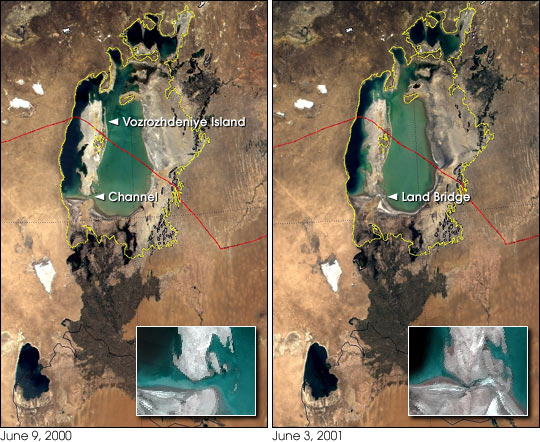
There was considerable concern about lingering dangers on the island after the Soviets left. Scientists from various nations have gone there to study the island. Reportedly in 2002, through a project organized and paid for by the U.S. with the assistance of Uzbekistan, more than six anthrax burial sites were decontaminated.
Whether it is completely safe now is an open question.
“Half a century of open-air testing has left the entire island contaminated – not just at the test site, but all over,” reported the BBC in 2017. “‘Oh, there will still be anthrax there, no problem,’ says Les Baillie, an international expert on anthrax from Cardiff University.”
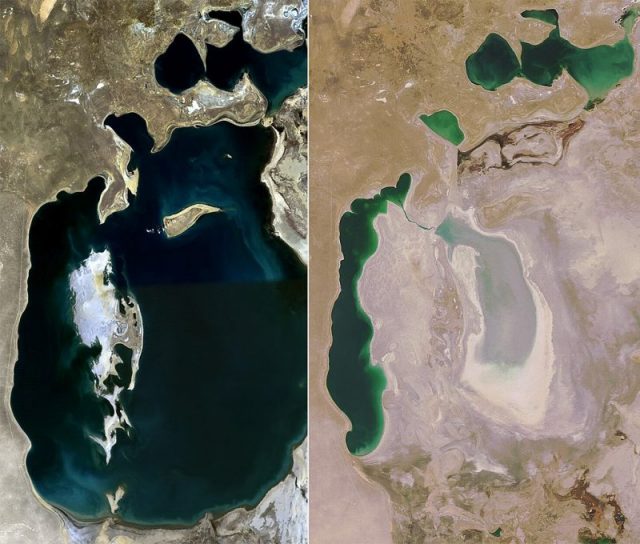
That’s not to mention the burial pits of infected animals, with up to a hundred corpses in each, or the unmarked grave of a woman who died while handling an infectious agent some decades ago.”
One observer who managed to persuade guides to take him to the island in 2017 was deeply disturbed by not just the evidence of past weapon testing but the aura of “ordinary” life. He wrote, “It’s weird because there’s this eerie sense of decay, but then there are incongruous elements, like a big wall mural of a cartoon duck by a child’s playground. There isn’t a single bird or insect – it’s totally quiet.”
Nancy Bilyeau, a former staff editor at Entertainment Weekly, Rolling Stone, and InStyle, has written a trilogy of historical thrillers for Touchstone Books. Her new book, The Blue, is a spy story set in the 18th-century porcelain world. For more information, go to www.nancybilyeau.com
